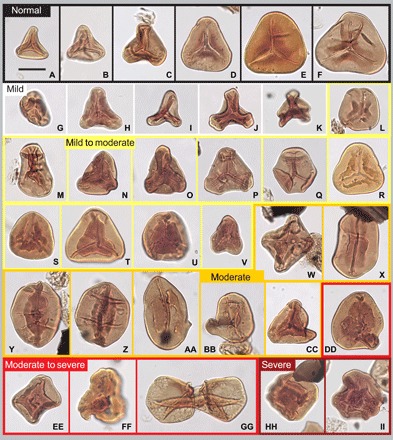Fig. 2. Selected photos of LTT-spores teratology, arranged after teratology category defined in Table 1.

In black frames: (A to F) representatives of normal spores. In white frames, mild teratology: (G and H) dwarfs, (I to K) unexpanded forms. In yellow frames, mild to moderate teratology: (L and M) uneven trilete mark, (N) uneven trilete mark and aberrant exine cracks, (O to Q) aberrant exine cracks or folds, (R to U) thickened labra or with growths, and (V) dwarf with thickened labra. In orange frames, moderate teratology: (W) quadrilete specimen, (X) monolete specimens with thickened labra, (Y and Z) mono- or multilete specimens, (AA) monolete specimen with deformed labra and possibly deformed outline, and (BB and CC) specimens with deformed outline. In light red frames, moderate to severe teratology: (DD) specimen with weakly deformed trilete mark and deformed outline, (EE) weakly deformed proximal area on a quadrilete specimen, (FF) weakly deformed proximal area with weakly discernable laesura and deformed outline, and (GG) conjoined twins. In dark red frames, severe teratology: (HH and II) severe proximal deformation. Scale bar, 20 μm. For sample number and England Finder coordinates, see table S1.
